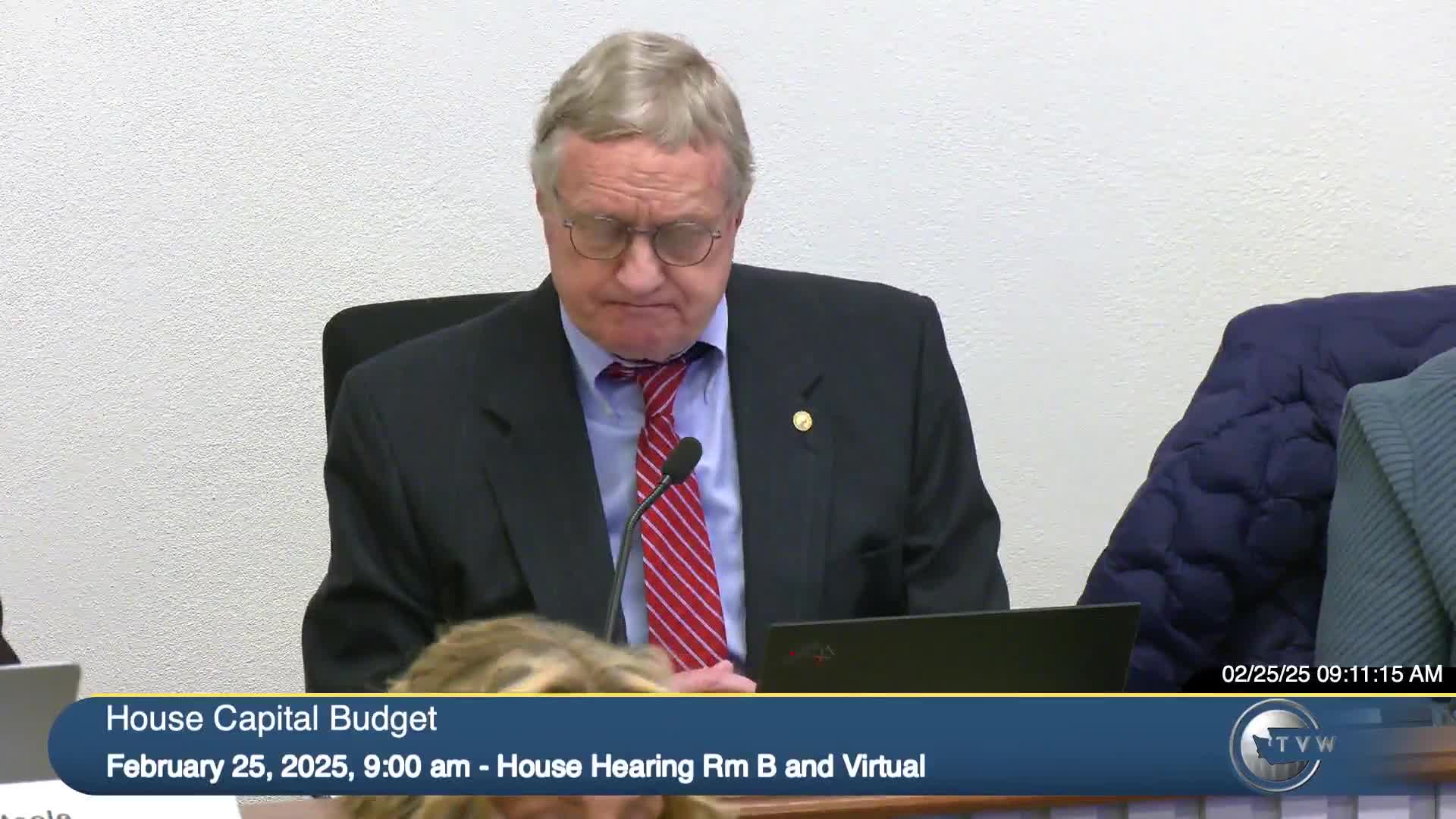Washington State Council advances House Bill 1458 to cut embodied carbon emissions in buildings
February 25, 2025 | Capital Budget, House of Representatives, Legislative Sessions, Washington
This article was created by AI summarizing key points discussed. AI makes mistakes, so for full details and context, please refer to the video of the full meeting. Please report any errors so we can fix them. Report an error »

House Bill 1458, aimed at reducing embodied carbon emissions in large buildings, took center stage during the House Capital Budget meeting on February 25. The bill mandates that the State Building Code Council adopt rules to lower greenhouse gas emissions associated with building materials and construction processes, targeting new constructions, additions, and renovations of 50,000 square feet or larger.
Embodied carbon refers to the total greenhouse gas emissions produced during the lifecycle of building materials, from extraction to manufacturing and transportation. The bill proposes three compliance pathways: reusing existing structures, utilizing materials with lower embodied carbon, and conducting a life cycle analysis to assess emissions throughout the building's life.
Key discussions highlighted the bill's potential impact on construction costs. While some representatives expressed concerns about additional expenses for compliance, others argued that many professionals in the industry are already evaluating embodied carbon and that the bill could lead to cost savings. Representative Duerer emphasized that reducing embodied carbon is essential for addressing climate change and that the industry is capable of meeting these new standards without significant financial burdens.
Opposition arose from various stakeholders, including representatives from the American Chemistry Council and the Washington Aggregate and Concrete Association, who cautioned that focusing solely on embodied carbon could limit material choices and inadvertently increase costs. They urged for a more comprehensive approach that considers overall building performance rather than specific materials.
Supporters of the bill, including the Natural Resources Defense Council, argued that the legislation aligns with Washington's climate goals and is feasible for implementation, affecting only a small number of large projects annually. They asserted that the bill would not impose significant new costs on the state, as it primarily involves reporting requirements and lifecycle assessments.
As the committee prepares to vote on House Bill 1458, the discussions reflect a broader commitment to sustainability in construction while balancing industry concerns about costs and material availability. The anticipated outcomes include a clearer framework for reducing embodied carbon emissions in Washington's building sector, with progress reports expected to begin in 2028.
Embodied carbon refers to the total greenhouse gas emissions produced during the lifecycle of building materials, from extraction to manufacturing and transportation. The bill proposes three compliance pathways: reusing existing structures, utilizing materials with lower embodied carbon, and conducting a life cycle analysis to assess emissions throughout the building's life.
Key discussions highlighted the bill's potential impact on construction costs. While some representatives expressed concerns about additional expenses for compliance, others argued that many professionals in the industry are already evaluating embodied carbon and that the bill could lead to cost savings. Representative Duerer emphasized that reducing embodied carbon is essential for addressing climate change and that the industry is capable of meeting these new standards without significant financial burdens.
Opposition arose from various stakeholders, including representatives from the American Chemistry Council and the Washington Aggregate and Concrete Association, who cautioned that focusing solely on embodied carbon could limit material choices and inadvertently increase costs. They urged for a more comprehensive approach that considers overall building performance rather than specific materials.
Supporters of the bill, including the Natural Resources Defense Council, argued that the legislation aligns with Washington's climate goals and is feasible for implementation, affecting only a small number of large projects annually. They asserted that the bill would not impose significant new costs on the state, as it primarily involves reporting requirements and lifecycle assessments.
As the committee prepares to vote on House Bill 1458, the discussions reflect a broader commitment to sustainability in construction while balancing industry concerns about costs and material availability. The anticipated outcomes include a clearer framework for reducing embodied carbon emissions in Washington's building sector, with progress reports expected to begin in 2028.
View full meeting
This article is based on a recent meeting—watch the full video and explore the complete transcript for deeper insights into the discussion.
View full meeting
